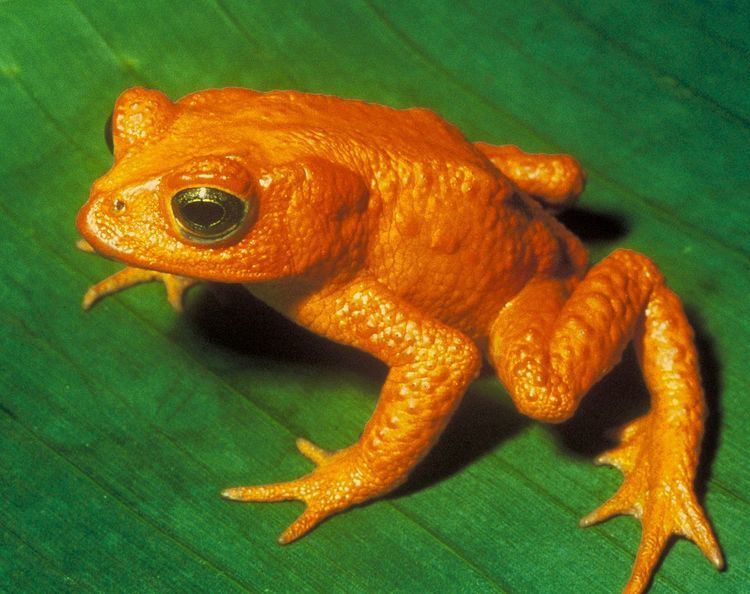 | ||
The extinction risk of global warming is the risk of species becoming extinct due to the effects of global warming.
Current projections
The scientific consensus in the IPCC Fourth Assessment Report is that
"Anthropogenic warming could lead to some impacts that are abrupt or irreversible, depending upon the rate and magnitude of the climate change."
"There is medium confidence that approximately 20-30% of species assessed so far are likely to be at increased risk of extinction if increases in global average warming exceed 1.5-2.5 °C (relative to 1980-1999). As global average temperature increase exceeds about 3.5 °C, model projections suggest significant extinctions (40-70% of species assessed) around the globe."
In one study published in Nature in 2004, between 15 and 37% of 1103 endemic or near-endemic known plant and animal species will be "committed to extinction" by 2050. More properly, changes in habitat by 2050 will put them outside the survival range for the inhabitants, thus committing the species to extinction.
Other researchers, such as Thuiller et al., Araújo et al. , Person et al., Buckley and Roughgarden, and Harte et al. have raised concern regarding uncertainty in Thomas et al.'s projections; some of these studies believe it is an overestimate, others believe the risk could be greater. Thomas et al. replied in Nature addressing criticisms and concluding "Although further investigation is needed into each of these areas, it is unlikely to result in substantially reduced estimates of extinction. Anthropogenic climate change seems set to generate very large numbers of species-level extinctions." On the other hand, Daniel Botkin et al. state "... global estimates of extinctions due to climate change (Thomas et al. 2004) may have greatly overestimated the probability of extinction..."
Mechanistic studies are documenting extinctions due to recent climate change: McLaughlin et al. documented two populations of Bay checkerspot butterfly being threatened by precipitation change. Parmesan states, "Few studies have been conducted at a scale that encompasses an entire species" and McLaughlin et al. agreed "few mechanistic studies have linked extinctions to recent climate change."
In 2008, the white lemuroid possum was reported to be the first known mammal species to be driven extinct by man-made global warming. However, these reports were based on a misunderstanding. One population of these possums in the mountain forests of northern Queensland is severely threatened by climate change as the animals cannot survive extended temperatures over 30 °C. However, another population 100 kilometres south remains in good health.
According to research published in the January 4, 2012 Proceedings of the Royal Society B current climate models may be flawed because they overlook two important factors: the differences in how quickly species relocate and competition among species. According to the researchers, led by Mark C. Urban, an ecologist at the University of Connecticut, diversity decreased when they took these factors into account, and that new communities of organisms, which do not exist today, emerged. As a result the rate of extinctions may be higher than previously projected.
According to research published in the 30 May 2014 issue of Science, most known species have small ranges, and the numbers of small-ranged species are increasing quickly. They are geographically concentrated and are disproportionately likely to be threatened or already extinct. According to the research, current rates of extinction are three orders of magnitude higher than the background extinction rate, and future rates, which depend on many factors, are poised to increase. Although there has been rapid progress in developing protected areas, such efforts are not ecologically representative, nor do they optimally protect biodiversity. In the researchers' view, human activity tends to destroy critical habitats where species live, warms the planet, and tends to move species around the planet to places where they don’t belong and where they can come into conflict with human needs (e.g. causing species to become pests).
In 2016 the Bramble Cay melomys, which lived on a Great Barrier Reef island, was reported to probably be the first mammal to become extinct because of sea level rises due to human-made climate change.
